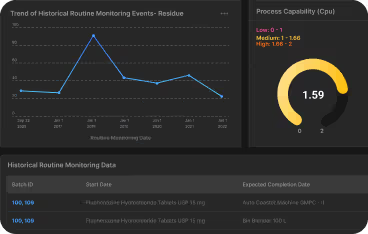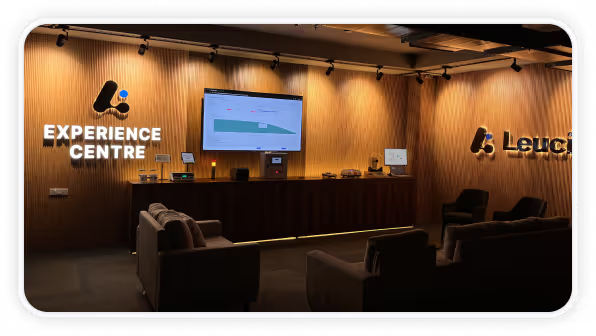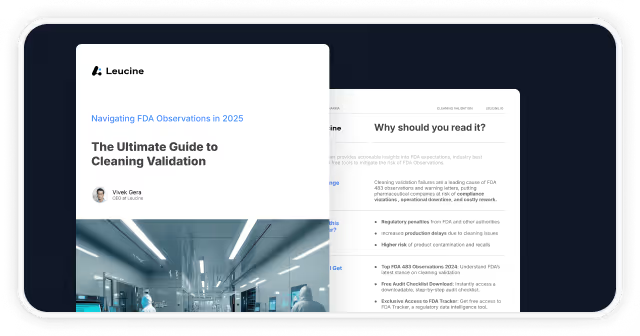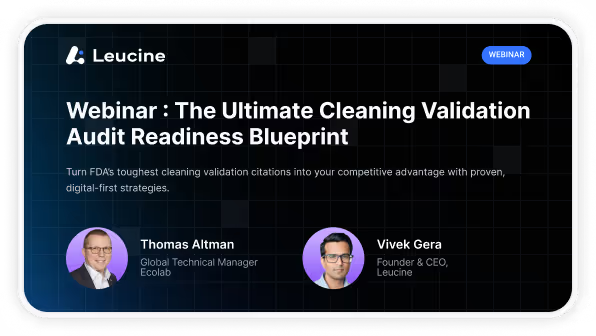How To Calculate Cleaning Agent Residue Limits?
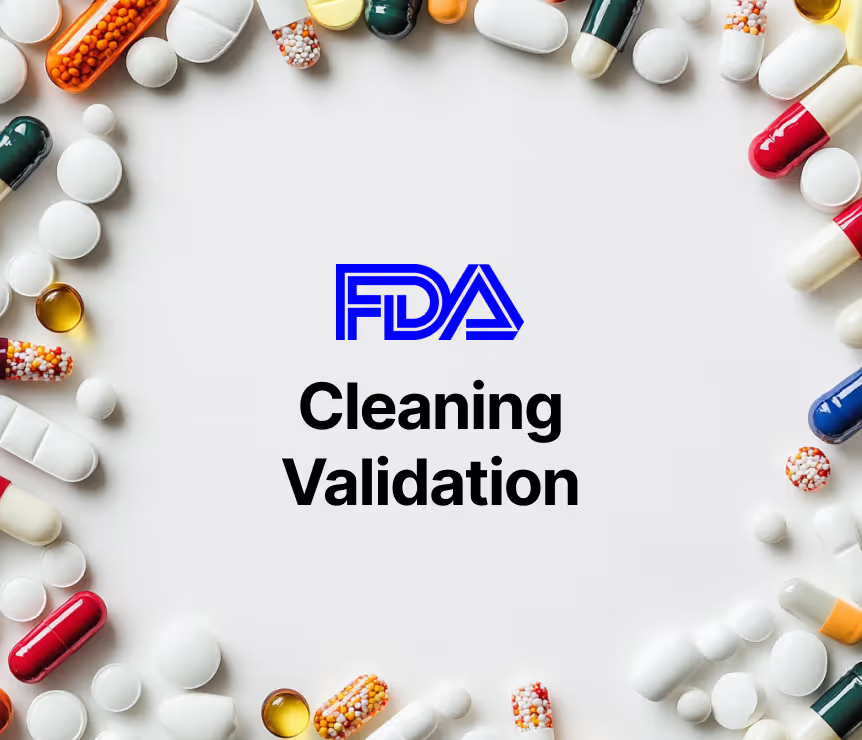

Cleaning Agent is used to cleaning an Equipment. As it comes in direct contact with the Equipment used to manufacture Products, it is necessary to ensure that it doesn’t carry over to the next Product manufactured (after cleaning). Basically, it is one of the residues that are to be controlled from the contamination point of view.
Cleaning Agents, just like APIs, have toxicological parameters which are used to calculate their limits of carryover (Cleaning Agent Residue Limits). Currently, there are two prevalent approaches to evaluate the toxicological properties of the Cleaning Agents: LD50 based approach and ADE based approach (Risk-MaPP). While the LD50 based approach is more conventional and widely used, ADE based approach (Risk-MaPP) is more scientific and is expected by the regulators now. But is it compulsory to use ADE based approach? Let’s first look at the standpoint of EMA in its
Q1 (2016 Draft) − Do companies have to establish Health-Based Exposure Limits (HBELs) for all products?
A: Yes, HBELs should be established for all products. HBELs for highly hazardous products are expected to be completed in full as per the EMA guide (EMA/CHMP/CVMP/SWP/169430/2012) or equivalent. See Q2 for products/active substances considered to be highly hazardous. Products that do not fall into the highly hazardous category may be addressed as per Q4.
Q1 (2018 Final) − Do companies have to establish Health-Based Exposure Limits (HBELs) for all medicinal products?
A: Yes, HBELs should be established for all medicinal products. The toxicological or pharmacological data, on which the HBEL calculation relies, requires periodical re-assessment throughout a product’s life cycle.
Clearly, EMA has dropped in the word “medicinal” for considering HBELs. Does this explicitly means that the non-medicinal substances used in the drug manufacturing process, such as Cleaning Agents, Intermediates, Excipients, and Degragants may not require Health-Based Exposure Limits? Companies will need to decide this based on the regulatory expectations but we'll suggest to prefer the ADE based approach as it is based on science.

Nonetheless, the companies may evaluate both the approaches and compare the limits achieved. In most cases, the companies may find out that the Cleaning Agent Residue Limits achieved with the LD50 based approach may be overly conservative and stringent. This can sometimes lead to the companies deciding to not use the Cleaning Agent at all. In such cases, adopting HBELs would be a wise and acceptable choice.
So now that we have discussed the two approaches, let's see how can the limits be calculated by each approach.
ADE BASED APPROACH
Formula for MAC is same as that of the API using PDE
ARL (Allowed Residue Limit) = PDE / LDD, where LDD = Largest Daily Dose of the next Product
MAC (Maximum Allowed Carryover) = ARL X MBS, where MBS = Minimum Batch Size of the next Product
SAL (Surface Area Limit) = MAC / SSA, where SSA = Shared Surface Area between the Cleaning Agent and the next Product
Cleaning Agent Residue Limits shall be calculated for each Cleaning Agent at each Equipment individually. Let’s take an example. Assuming that there are 4 Equipment (E1, E2, E3, E4) in a facility and 7 Drug Products (P1, P2, P3, P4, P5, P6, P7) and 3 Cleaning Agents (C1, C2, C3) as per the following configuration:
Frequently Asked Questions
